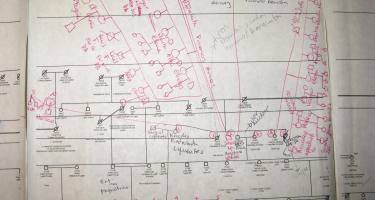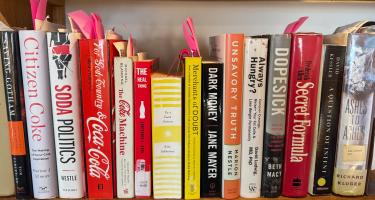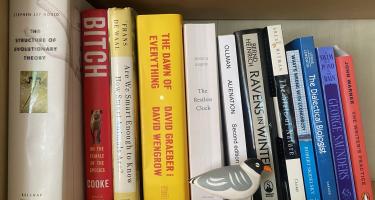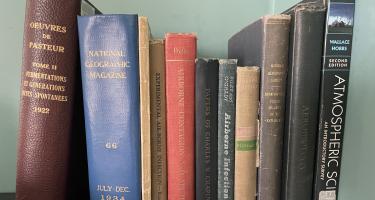
Emily Falk—What We Value: The Neuroscience of Choice and Change
Exercise or watch TV? How do we make everyday choices? Do our choices serve our big-picture goals? In What We Value: The Neuroscience of Choice and Change, Emily Falk explores the brain systems at work in making—and improving—our daily decisions. Her studies at UPenn’s Annenberg School draw on functional magnetic resonance imaging to examine the neural underpinnings of what we do and why we do it.






